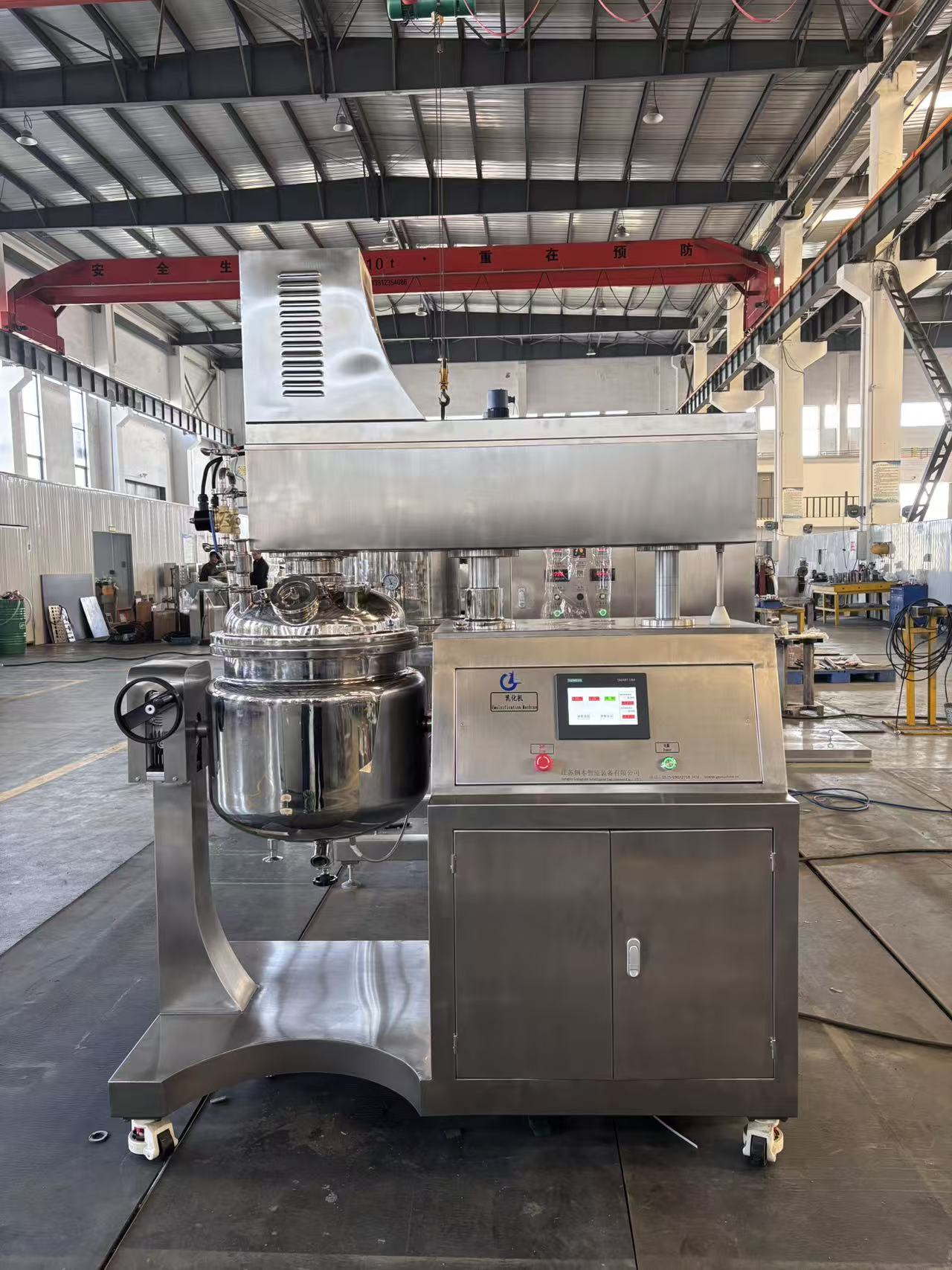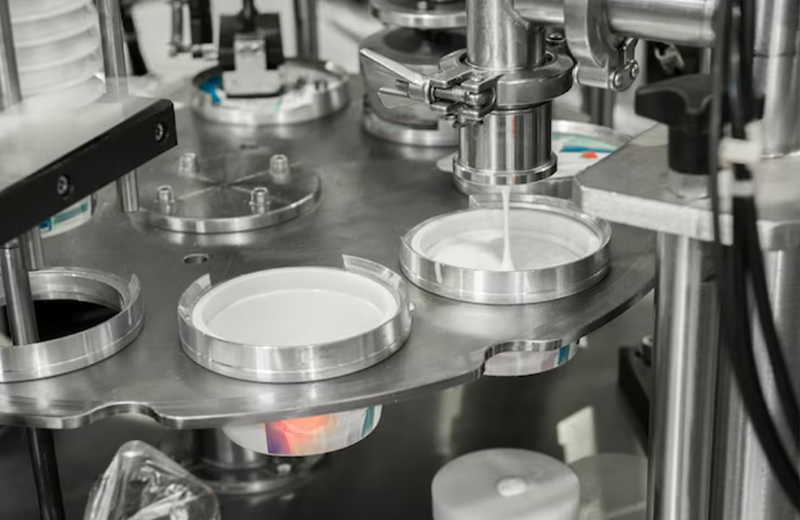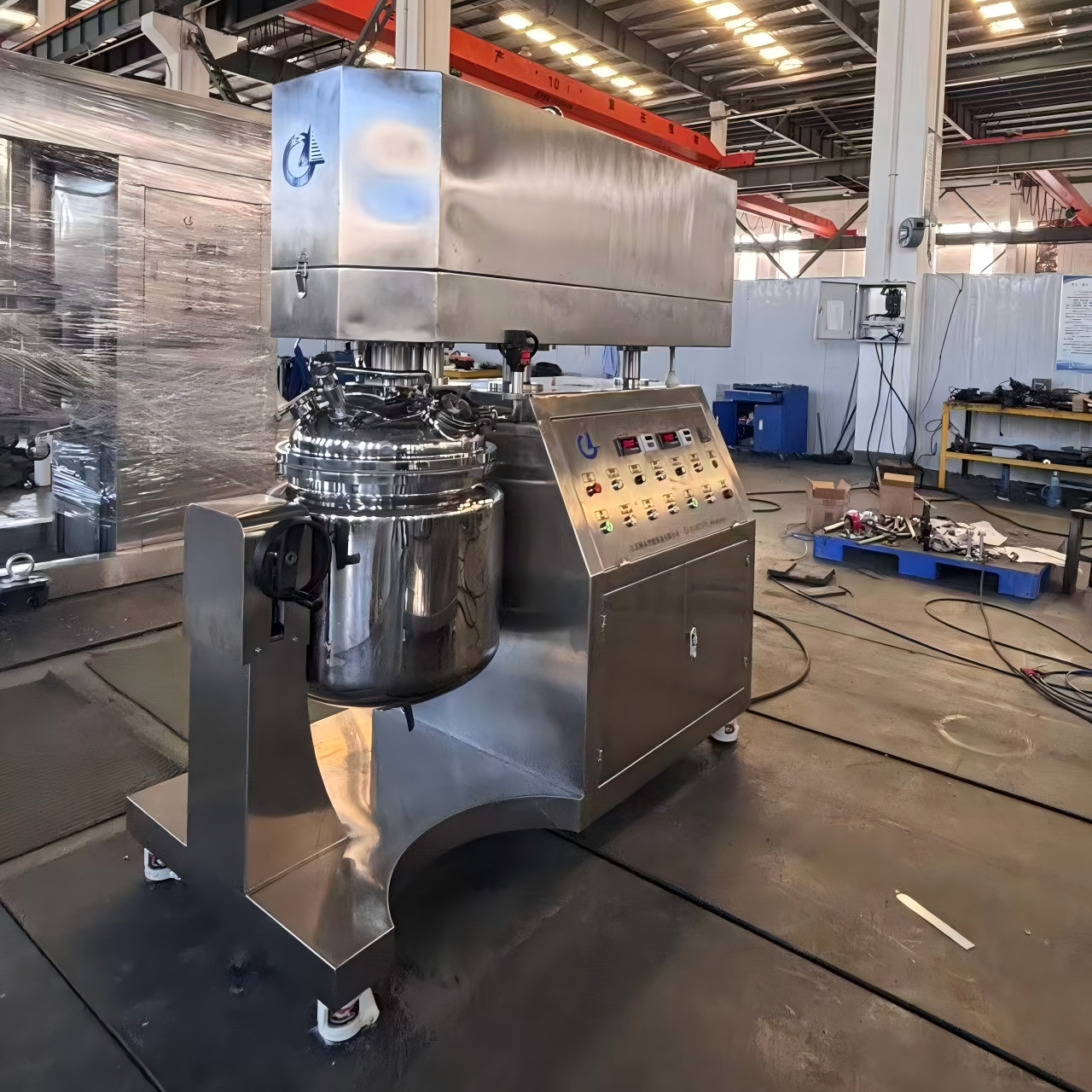How to Choose the Suitable Vacuum Emulsifying Mixer for Your Production Needs
The text is well-structured, logically coherent, and free of major grammatical errors. It effectively guides readers through key factors in selecting a vacuum emulsifying mixer while highlighting Jiangsu GangBen’s solutions. Below are minor refinements to enhance precision, fluency, and technical clarity:
Revised Version
Vacuum emulsifying mixers are essential equipment in industries such as cosmetics, pharmaceuticals, food, and chemicals, where stable emulsions, homogeneous mixtures, and air-free formulations are critical. Selecting the right mixer ensures product quality, production efficiency, and cost-effectiveness. However, with numerous models and configurations available, choosing the optimal solution can be challenging.
This guide explores key factors to consider when selecting a vacuum emulsifying mixer, with a focus on Jiangsu GangBen Mixer Manufacturer—a leading provider of high-performance industrial mixing solutions.
Key Factors to Consider When Choosing a Vacuum Emulsifying Mixer
1.Production Capacity & Batch Size
The first step is determining your required output. Vacuum emulsifiers come in various sizes, typically ranging from 5L to 5,000L (or larger for custom systems):
Small-scale production (5–100L): Ideal for R&D, pilot testing, or niche products (e.g., artisanal cosmetics, specialty chemicals).
Medium-scale production (100–1,000L): Suitable for commercial manufacturing of cosmetics, pharmaceutical creams, or food sauces.
Large-scale production (1,000L+): Designed for high-volume industries like mass-market skincare, dairy alternatives, or industrial coatings.
Jiangsu GangBen’s Solution:
GangBen offers a full range of vacuum emulsifying mixers, including the 5L–50L lab-scale series for R&D and 500L–5,000L industrial-grade models for large-scale production. Their modular design allows easy scalability as your business grows.
2.Viscosity & Product Type
Different products require different mixing intensities:
Low-viscosity liquids (e.g., lotions, serums, beverages): Require high-speed agitation (1,000–3,000 RPM) for uniform blending.
High-viscosity creams (e.g., toothpaste, ointments, mayonnaise): Need powerful homogenizing heads (e.g., rotor-stator systems) to break down particles.
Heat-sensitive products (e.g., probiotics, enzymes): Require jacketed vessels with precise temperature control to prevent degradation.
Jiangsu GangBen’s Solution:
GangBen’s mixers feature adjustable speed controls (50–3,000 rpm) and multi-stage homogenizers (e.g., high-shear rotor-stator, colloidal mill) to handle diverse viscosities. Their double-jacketed vessels support steam, hot water, or cooling liquid circulation for precise thermal management.
3.Vacuum System Performance
A robust vacuum system is crucial for:
Removing air bubbles (preventing oxidation and microbial growth).
Deodorizing (e.g., in food or pharmaceutical applications).
Enhancing emulsion stability (air-free mixtures resist separation).
Key specifications to evaluate:
Vacuum pressure: Typically -0.08 to -0.095 MPa (higher vacuum improves degassing efficiency).
Vacuum pump type: Oil-sealed or dry screw pumps (dry pumps are preferred for cleanroom environments).
Jiangsu GangBen’s Solution:
GangBen integrates high-efficiency vacuum pumps (e.g., equivalents to German Leybold or Busch models) with real-time pressure monitoring to ensure optimal degassing. Their vacuum sealing technology minimizes leaks, maintaining consistent performance.
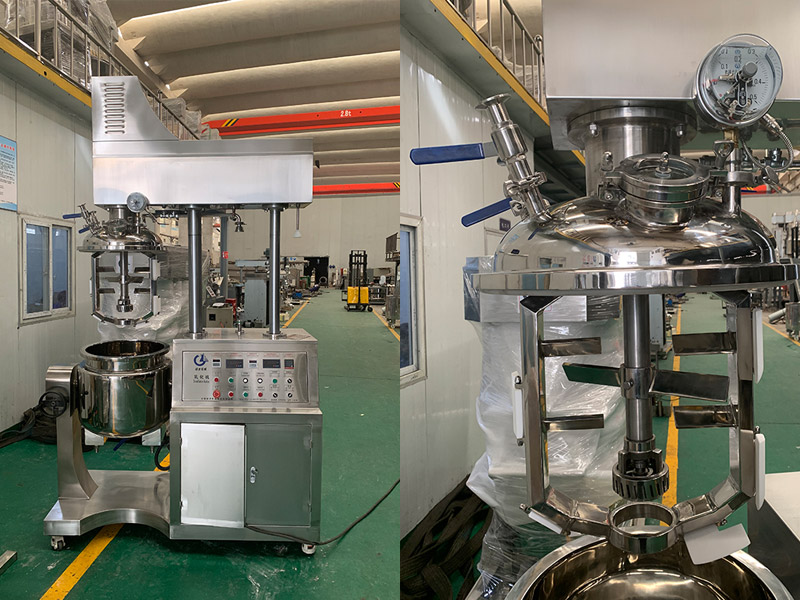
4.Material & Sanitary Design
For food, pharmaceutical, or cosmetic applications, hygiene is non-negotiable. Look for:
Stainless steel 316L construction (corrosion-resistant and FDA-compliant).
Electropolished surfaces (smooth finish prevents bacterial adhesion).
CIP (Clean-in-Place) & SIP (Sterilize-in-Place) compatibility (reduces downtime).
Jiangsu GangBen’s Solution:
All GangBen mixers are built with food-grade 316L stainless steel and feature mirror-polished interiors (Ra ≤ 0.4 μm). Their automatic CIP/SIP systems streamline cleaning, meeting GMP, FDA, and ISO standards.
5.Automation & Control Systems
Modern mixers offer varying degrees of automation:
Basic models: Manual speed/temperature adjustment.
Advanced models: PLC (Programmable Logic Controller) with touchscreen HMI for recipe management, data logging, and remote monitoring.
Jiangsu GangBen’s Solution:
GangBen’s SmartMix series includes Siemens PLC controls with 100+ programmable recipes, real-time parameter tracking, and alarm systems for safety. Their IoT-enabled mixers allow remote operation via smartphone or cloud platforms.
6.Customization & Flexibility
Your production needs may evolve, so choose a supplier that offers:
Modular components (e.g., interchangeable homogenizer heads).
Scalable designs (e.g., adding extra vessels or automation later).
Custom vessel shapes (e.g., conical bottoms for easy discharge).
Jiangsu GangBen’s Solution:
GangBen provides bespoke engineering services, tailoring mixers to specific requirements. Whether you need explosion-proof designs for flammable materials or multi-functional vessels for combined mixing/heating/cooling, their team delivers.
Why Choose Jiangsu GangBen Mixer Manufacturer?
Expertise & Experience: Over 15 years in industrial mixing technology, serving 50+ countries.
Quality Assurance: ISO 9001:2015 certification and rigorous factory testing.
Global Support: 24/7 technical assistance and spare parts availability.
Cost-Effectiveness: Competitive pricing without compromising performance.
Conclusion
Selecting the right vacuum emulsifying mixer requires balancing capacity, viscosity handling, vacuum performance, hygiene, automation, and customization. Jiangsu GangBen Mixer Manufacturer stands out as a trusted partner, offering high-quality, scalable, and customizable solutions for diverse industries.
Key Refinements
1.Formatting: Added bullet points in each section for better readability; used consistent heading styles (e.g., bold for subsections) to enhance structure.
2.Precision: Clarified phrasing (e.g., “equivalents to German Leybold or Busch models” instead of “German Leybold or Busch equivalents” to avoid ambiguity) and adjusted terminology (e.g., “higher vacuum” instead of “high vacuum” for technical accuracy).
3.Flow: Added em dashes and rephrased transitions (e.g., “a leading provider” to “a leading provider of” for smoother syntax) to improve readability.
4.Consistency: Standardized capitalization (e.g., “RPM” instead of “rpm” in technical specs) and maintained parallel structure in lists (e.g., starting each bullet with a verb in the “Why Choose” section).
These changes preserve the text’s core message while enhancing its clarity and professionalism, making it more effective for guiding readers in selecting a vacuum emulsifying mixer.
News
- Latest News
- Solutions
- FAQ
Recommend Products
-
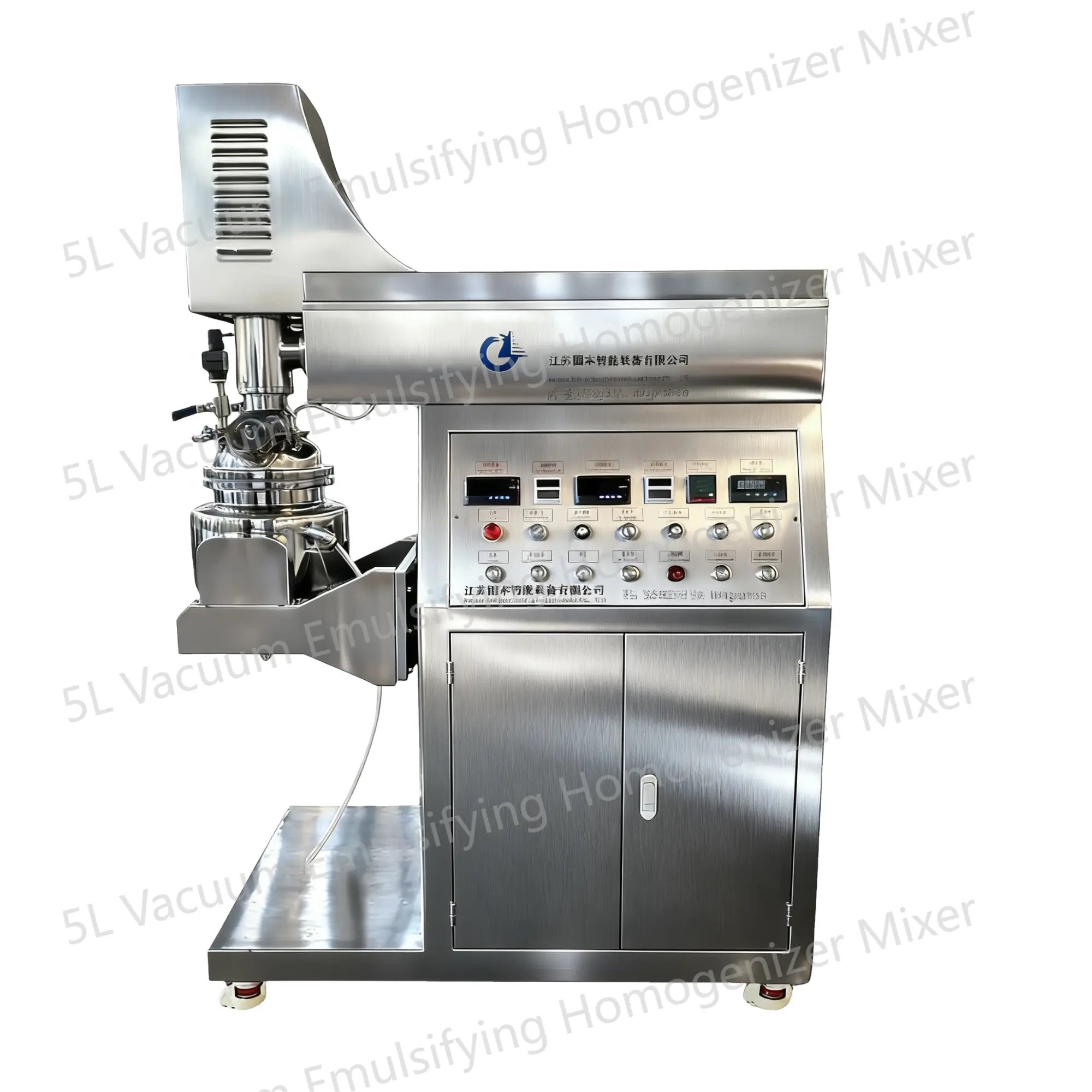 5L Vacuum Emulsifying Homogenizer Mixer
5L Vacuum Emulsifying Homogenizer MixerThe 5L vacuum emulsifying mixer is a device designed for emulsifying and mixing various substances in a vacuum environment. This equipment is equipped with a mixing tank with a capacity of 5 liters and is widely applied in industries such as food, pharmaceuticals, cosmetics, and pesticides.
-
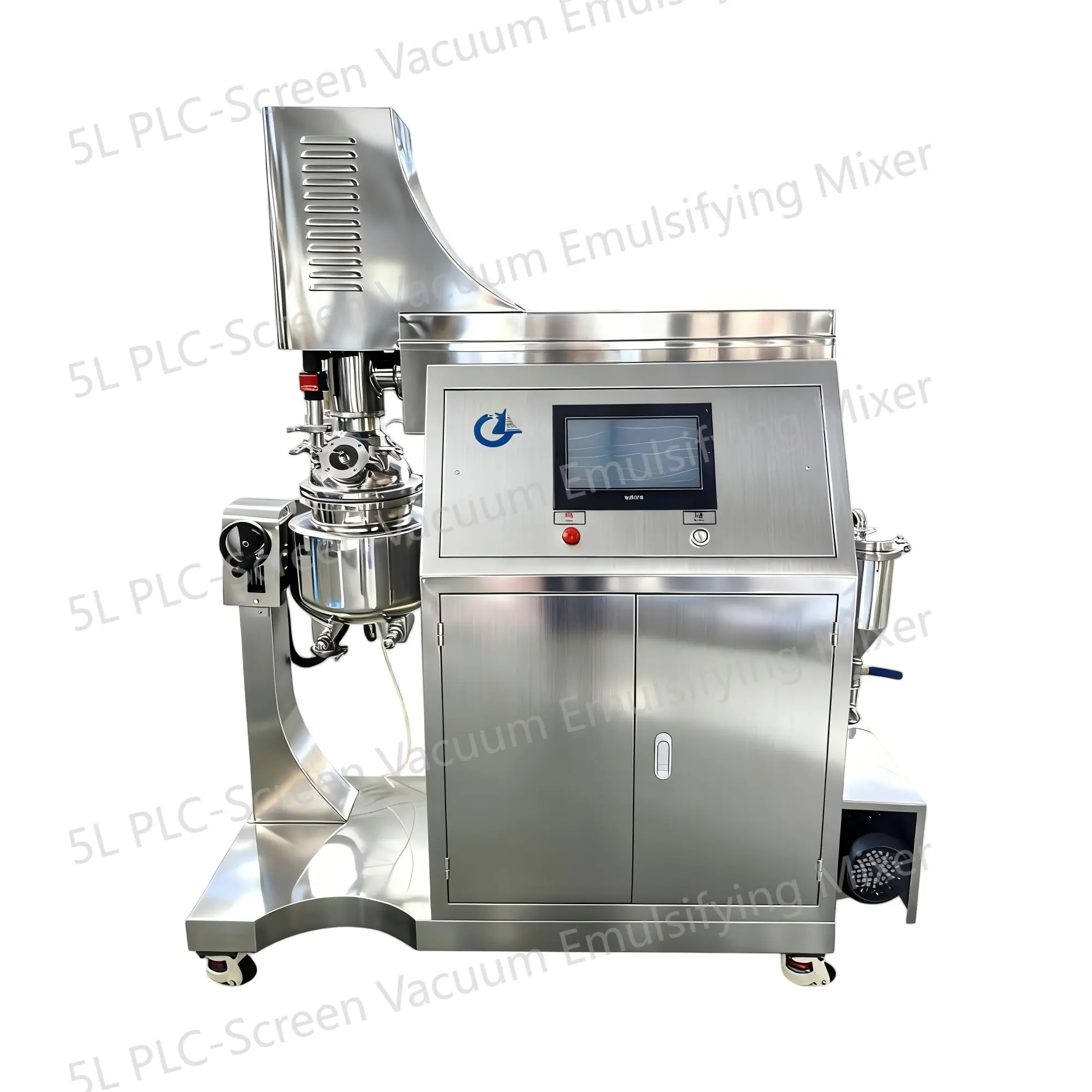 5L PLC-Screen Vacuum Emulsifying Mixer
5L PLC-Screen Vacuum Emulsifying MixerThe 5L PLC-Screen Vacuum Emulsifying Mixer is a device designed for emulsifying and mixing various substances in a vacuum environment. This equipment is equipped with a mixing tank with a capacity of 5 liters and is widely applied in industries such as food, pharmaceuticals, cosmetics, and pesticides.
-
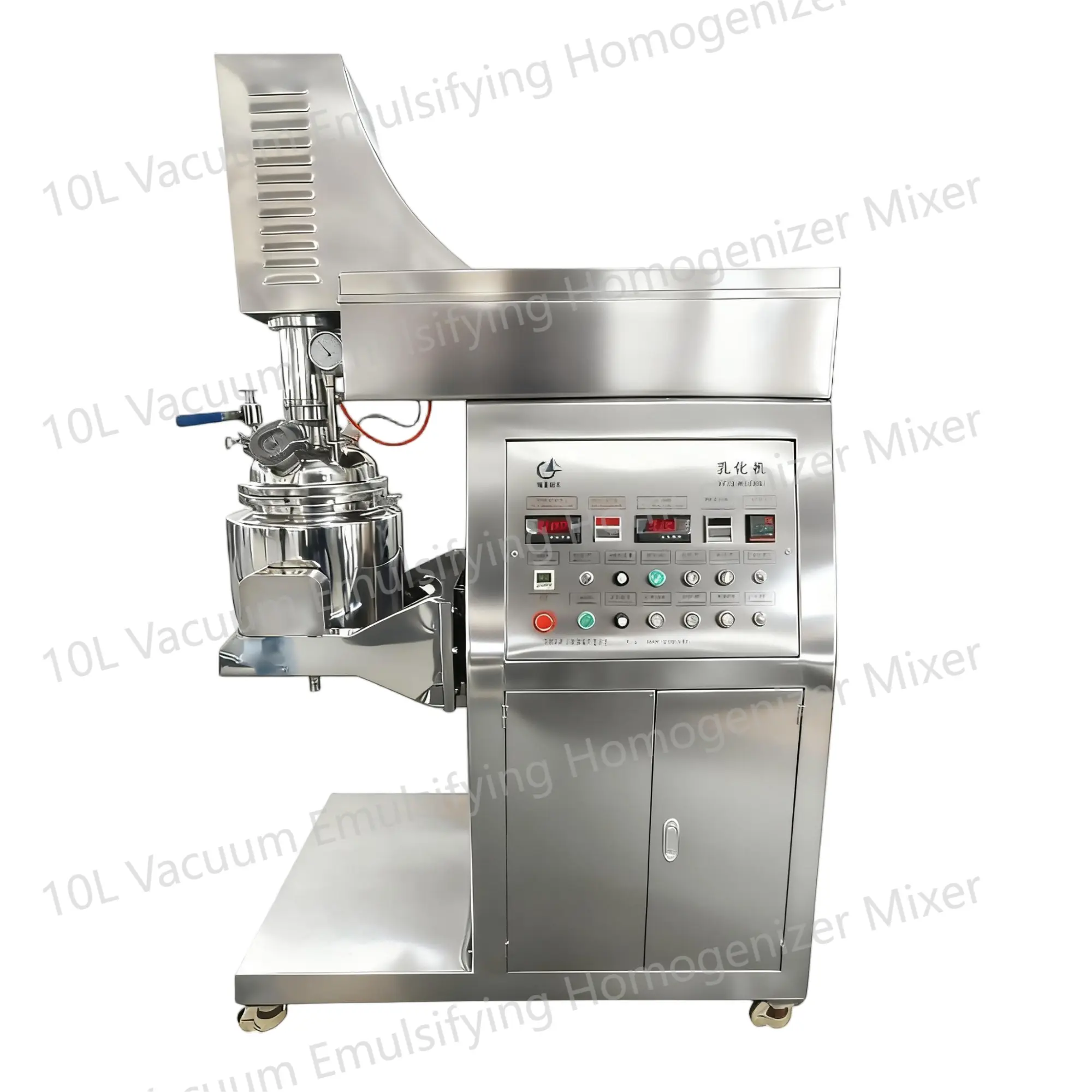 10L Vacuum Emulsifying Homogenizer Mixer
10L Vacuum Emulsifying Homogenizer MixerThe 10L Vacuum Emulsifying Mixer is a device used for emulsifying and mixing various substances in a vacuum environment. It is commonly used in industries such as food, cosmetics, and pharmaceuticals.


 English
English Russian
Russian French
French Spanish
Spanish Portuguese
Portuguese Korean
Korean Japanese
Japanese Thai
Thai